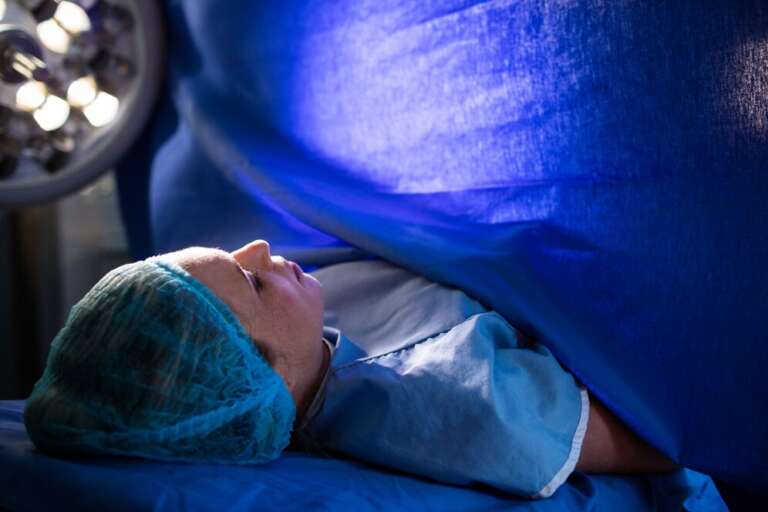
A Cesarean section, or C-section, is a common surgical procedure performed when a vaginal delivery isn’t safe for either the mother or baby. It may be planned in advance or an emergency procedure during labor. During the C-section, an incision is made in the abdomen and uterus to deliver the baby. While it’s considered a major surgery, it’s relatively safe and can be lifesaving in specific situations.
Normal delivery refers to the process of giving birth through the vagina, without the need for surgical interventions like a Cesarean section (C-section). It’s often called a vaginal delivery and is considered the most common and natural method of childbirth. During a normal delivery, the baby passes through the birth canal, which involves three stages: labor, delivery of the baby, and delivery of the placenta.
When it comes to childbirth, there are a lot of myths and misconceptions, especially surrounding C-section delivery. As a trusted gynecologist in Chennai, I want to address the 8 most common C-section delivery myths and provide clear, clinically proven information about C-section and normal delivery.
Myth 1: C-Section is the Easy Way Out
One of the most prevalent myths about C-section delivery is that it is the “easy way out.” In reality, a C-section is a major surgical procedure that involves significant risks and a longer recovery period compared to normal delivery. While normal delivery allows for a quicker recovery, C-section requires the mother to take time off for healing due to the incision in the abdomen and uterus.
In normal delivery, the body naturally recovers after childbirth, and the mother can generally return to regular activities sooner. On the other hand, with C-section delivery, the healing process takes longer and requires more care.
Myth 2: C-Section is Only for Emergencies
Another common myth is that C-section delivery is only necessary in emergencies. While it’s true that many C-sections are performed in response to complications, there are also situations where a C-section is planned in advance for medical reasons, such as fetal position, placenta previa, or maternal health concerns. Even when there are no immediate complications, a doctor may recommend a C-section to avoid the risks associated with normal delivery in certain situations.
Many normal delivery hospitals will discuss all the delivery options with their patients to ensure that the safest approach is taken.
Myth 3: You Can’t Have a Normal Delivery After a C-Section
This myth, known as VBAC (vaginal birth after cesarean), is not entirely true. Many women who have had a C-section in the past are still able to have a normal delivery in subsequent pregnancies. However, whether a normal delivery is possible after a C-section depends on several factors, including the type of incision made during the previous C-section and the overall health of the mother and baby. It’s crucial to discuss with your doctor at a reputable normal delivery hospital to evaluate the risks and benefits in your specific case.
Myth 4: C-Section Delivery Leads to More Complications for Future Pregnancies
It’s often believed that having a C-section delivery will automatically lead to complications in future pregnancies. While C-section delivery can increase the risk of certain complications like uterine rupture or placental issues, many women go on to have successful pregnancies and normal deliveries after a previous C-section. It’s important to follow up with your doctor, who can monitor your health and guide you through any future pregnancies to ensure a safe and healthy delivery.
Myth 5: C-Section Delivery is More Dangerous for the Baby
Some people believe that C-section delivery is more dangerous for the baby compared to normal delivery. In fact, C-section may actually be safer for the baby in certain circumstances. For example, if the baby is in a breech position or the umbilical cord is around the baby’s neck, a C-section might be necessary to prevent birth injuries. Additionally, if the baby is in distress during normal delivery, a C-section may be the quickest way to get the baby out safely.
While normal delivery is the preferred method for most pregnancies, there are situations where C-section delivery is the best option for both the mother and the baby.
Myth 6: After a C-Section, You Can’t Breastfeed Immediately
Add Your Heading Text Here
It is a common misconception that breastfeeding is not possible after a C-section delivery. In reality, many mothers can breastfeed successfully after a C-section. While the immediate recovery period might feel a bit more challenging than after a normal delivery, the key to successful breastfeeding is getting the proper support. At a normal delivery hospital or a hospital with C-section expertise, lactation consultants are available to assist with the first few moments of breastfeeding.
Myth 7: C-Section is Less Painful Than Normal Delivery
Some believe that C-section delivery is less painful than normal delivery, but this is far from the truth. While the pain during a C-section may be reduced by anesthesia, the recovery process involves significant discomfort, as the incision site heals. In contrast, normal delivery involves natural pain during labor but doesn’t require the surgical recovery that a C-section does. Both types of delivery come with their own set of challenges, and the recovery process for a C-section can often be more intense.
Myth 8: C-Section Delivery is Always a Sign of Poor Health
It’s important to understand that a C-section delivery does not necessarily indicate poor health or complications. In many cases, C-section is a precautionary measure taken to protect the health of both mother and baby. Normal delivery hospitals may recommend a C-section when there are factors such as large baby size, maternal health issues, or complications in labor, but this doesn’t mean the mother’s health is compromised. C-section delivery can be the best choice in certain circumstances.

Final Thoughts on C-Section vs. Normal Delivery
While normal delivery remains the preferred method of childbirth in many cases, C-section delivery plays a critical role in ensuring the health and safety of both mother and baby in specific situations. Expectant mothers must be well-informed about both delivery options and have a conversation with their healthcare providers at a normal delivery hospital. Trusting the expertise of your doctor will help guide you to the best delivery plan tailored to your health and circumstances.
In conclusion, understanding the facts behind C-section delivery can help you make more informed decisions about your delivery options. Don’t hesitate to reach out to a trusted gynecologist or normal delivery hospital to discuss your pregnancy and delivery preferences. Always prioritize your health and well-being, as well as that of your baby.

Delivery Tips for a Smooth C-Section
If a C-section is medically necessary, there are several tips to help you prepare and recover efficiently:
1. Understand the Procedure: It’s essential to be well-informed about the procedure. A C-section is usually done under regional anesthesia (epidural or spinal block), so you’ll be awake during the surgery and may feel some pressure but no pain.
2. Post-Op Pain Management: Discuss pain management options with your doctor. Medications can help you manage pain and discomfort after the procedure. Additionally, you may receive medication for swelling, which is common after surgery.
3. Post-Surgery Recovery: Recovery from a C-section can take longer than vaginal delivery. Plan for rest, follow your doctor’s instructions and avoid strenuous activities for at least 6-8 weeks. Support from family and friends during the recovery phase is important for both physical and emotional healing.
4. Breastfeeding After a C-Section: Breastfeeding is possible after a C-section, though it may take some practice. Make sure to find comfortable positions to avoid putting strain on your incision site.
5. Follow-Up Care: Attend all follow-up appointments with your gynecologist to ensure proper healing. Keep an eye out for any signs of infection, such as redness, swelling, or discharge from the incision site, and seek medical help if needed.
For more details, consultations, and personalized care, book an appointment with us today!
The Birthwave Obstetrics & Gynecology Clinic
- Address
- 8/15, Mahalingapuram Main Rd,
- Mahalingapuram, Nungambakkam
- Chennai, Tamil Nadu
- 600034
- Call:09363031925
- IG: Birthtoremeber
Disclaimer: This blog provides general information and should not replace personalized medical advice. Always consult your healthcare provider/ best gynecologist near you for guidance on the best delivery method based on your individual health and pregnancy needs.
